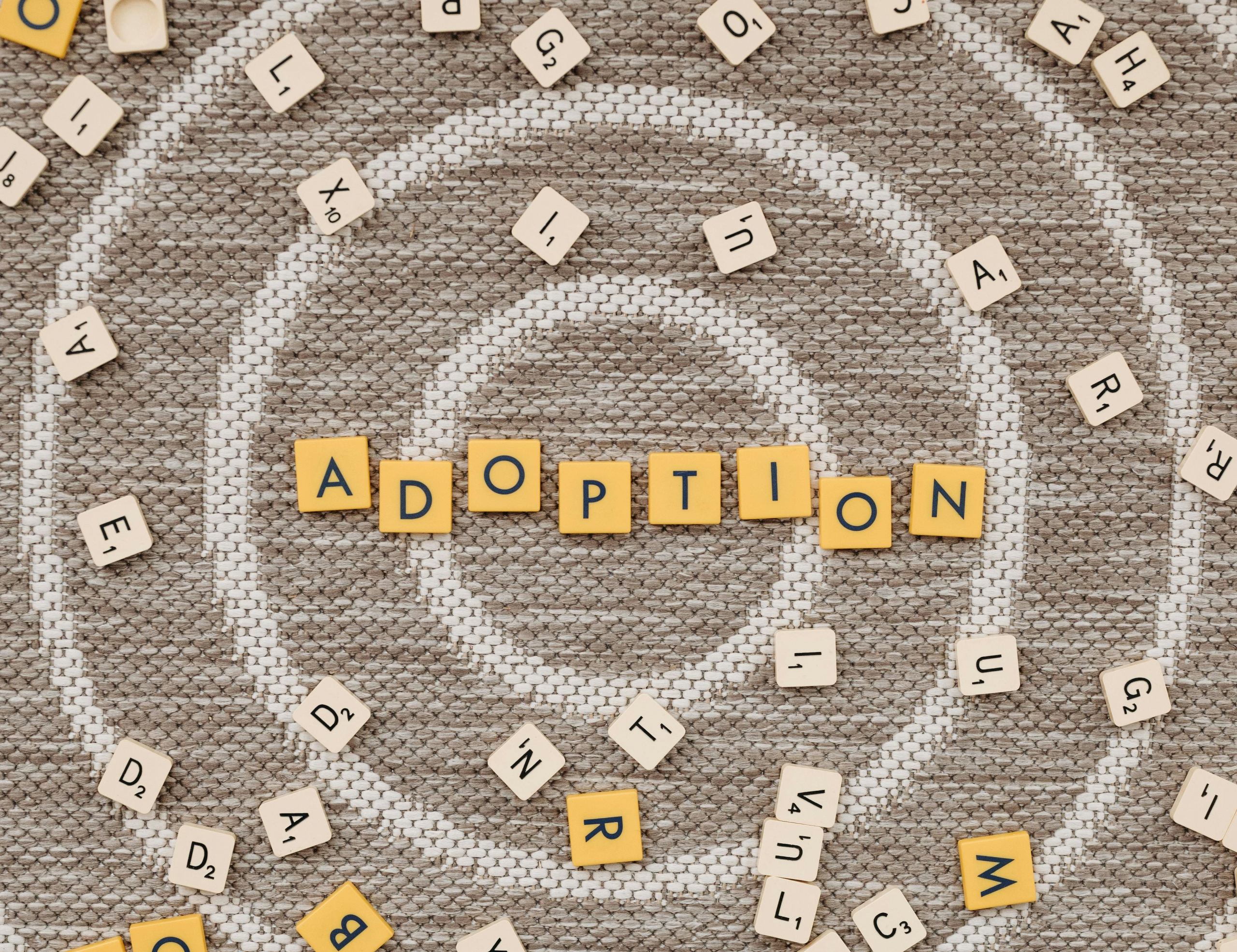5 Not-So-Weird Adoption Facts
Adoption is an often misunderstood process that has been around for literally thousands of years. While many people may have preconceived notions about adoption, there are some basic adoption facts that might surprise you.
The truth is that many people get adoption wrong because they lack accurate and up-to-date information about the adoption process, legal processes, and the experiences of those involved. This information gap leaves room for myths and misconceptions to arise.
Some reasons for this include media, representation in movies, TV, and news. Stigma, taboos, beliefs, biases, personal experience, and a basic lack of open dialogue might cause others. For adoptees, birth parents, and biological parents, it’s important to challenge these myths and get to the truth from reputable sources. Open and respectful conversations about adoption can help to dispel misunderstandings and promote a better understanding.

Adoption dates back to ancient times.
It’s true. Adoption is not a modern concept and has been practiced by various cultures throughout history. In ancient civilizations like the Greeks and the Romans, adoption was used to ensure heirs or provide for abandoned or orphaned children. The Romans, for example, had a tradition of adopting adults as well as children, such as the famous Roman Emperor, Augustus, who was adopted by Julius Caesar.
Moving ahead into the modern era, adoption has continued to evolve to meet the needs of society. During the 19th century, adoption laws were established in the United States to help protect the interests of both adoptive families and birth parents.
For example, today, the practice of adoption is still widespread and has evolved to include a variety of family structures, including same-sex couples, single parents, and blended families. One example of this is actress Sandra Bullock, who adopted her son in 2010 as a single parent.

You don’t have to be wealthy to adopt.
Adopting a child is often seen as a costly process (and it can be), but financial resources are not the only requirement for prospective adoptive parents. Adoption agencies and organizations look for families who can provide a loving and stable home for a child, regardless of their income. In some cases, financial assistance may be available to help offset the costs of adoption.
For example, the Adoption Tax Credit was established by the US government to help ease the financial burden of adoption for families. For adoptions finalized in a given year, there is a maximum amount a family can expect to receive as credit per adopted child.
One way for families on a limited budget is to adopt through foster care. Once you’ve become a licensed foster parent, there is very little, if any, out-of-pocket cost, and foster care adoption is usually free. That’s because it’s typically funded by the state with little or no fees attached. That could be an important adoption fact for people to know!
Birth parents have rights.
The decision to place a child for adoption is not an easy one for birth parents by any means. Birth parents (at least with open adoption) have the right to choose who will adopt their child. Adoptive parents must work with birth parents to create a positive and respectful adoption experience for everyone involved.
Additionally, birth parents have the right to change their minds at any point in the adoption process before finalization.
In the past, adoption was often private or closed and shrouded in secrecy. Birth parents were not always given a say in the process. However, this adoption fact is about how adoption has evolved over the years, so have the rights of birth parents. Today, many adoption agencies offer and recommend open adoptions. Open adoption allows birth parents to maintain contact with the adoptive family and child throughout their lives.
One well-known example of an open adoption is the story of Catelynn and Tyler, who were featured on the popular reality TV show, “Teen Mom.” The couple placed their daughter Carly for adoption but were able to maintain a relationship with her and her adoptive family. The story tracked the high points and hard points of open adoption and offered a personal look at often under-represented or misrepresented birth parents.

Adopted children have a right to their history.
Adopted children have a right to know their history and where they come from.
In the past, adoption records were usually sealed. This prevented adoptees from accessing information about their birth families. However, in recent years, many states (approximately 37) have passed laws that allow adopted children to access their original birth certificates and other documents related to their adoption. In fact, not only do adoptees have access to this information, but so do birth parents and birth siblings who would like to seek identifying information.
This access to information is obviously important for adoptees, as it can help them better understand their identity and make informed decisions about their health and other important life matters.
An example of a famous person who discovered their birth family later in life is the comedian and actor, Steve Jobs. Jobs was adopted as a baby and although he always knew he was adopted, he did not look for his birth parents until later in life. He was able to connect with his birth sister, Mona Simpson, who is an accomplished author.
Adoption can happen at any age.
Adoption is often associated with young children, but the truth is that it can happen at any age. In fact, some adoptive parents choose to adopt older children, teenagers, or even adults. There are also cases where adults are adopted for various reasons such as inheritance or legal purposes.
Sadly, each year more than 20,000 teenagers age out of the foster care system and find themselves in need of a place to stay and the means to manage life on their own.
Adoption is a unique process that continues to evolve. These not-so-weird adoption facts help to shed light on the many facets of adoption and illustrate that it is a complex and multifaceted experience. By understanding what adoption is and what it is not, we can better appreciate the experiences of adoptive families, birth parents, and adoptees, and work towards creating a more supportive and inclusive adoption community as a whole.





